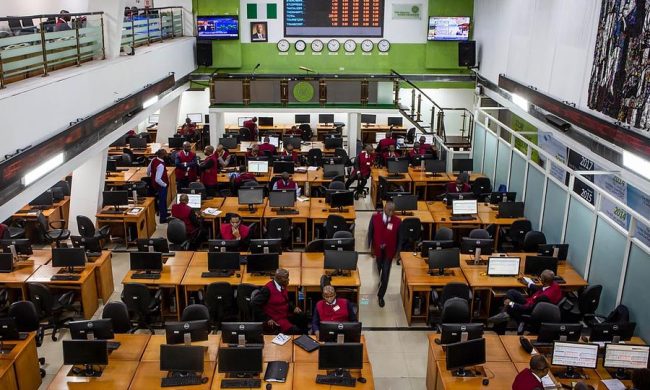Nigerian National Petroleum Corporation, NNPC, has unveiled plans to lift the force majeure on Nigeria’s Bonny Light crude in October.
Shell Petroleum Development Company, SPDC, declared a force majeure on September 16, 2017, on Nigeria’s Bonny Light crude, due to issues affecting one of the two major pipelines leading into the grade’s terminal.
According to group general manager, NNPC’s Crude Oil Marketing Division, Mele Kyari, “I cannot give you an immediate time frame but I know that it will be very soon, as soon as repair works are completed.” He added that it is very likely that the force majeure will be lifted in October.
SPDC said that the Bonny Light oil exports are continuing through the other main pipeline, the SPDC-operated Trans Niger Pipeline. About a dozen cargo are still left from the October loading programme including five cargo of slow-selling Forcados.
Bonny Light has seen its production affected by declarations of force majeure at different points throughout the last year. It recently came out of a month-long force majeure on August 14, due to issues over a leak on the Nembe Creek Trunk pipeline.
Bonny Light, a light sweet crude with a gravity of 35.3 API and a sulfur content of 0.15 percent, saw three force majeure declarations in 2016 due to pipeline leaks caused by militant attacks. This year, force majeure has previously been declared in June for several days, and over July-August.
Meanwhile, Brent crude prices dipped, yesterday, edging lower for a second day, although an unforeseen drop in U.S. oil inventories helped keep the market within sight of this week’s 2015 highs.
Brent November crude futures were down 13 cents at $58.31 a barrel, while U.S. November crude futures were up 18 cents at $52.06.
The Organization of the Petroleum Exporting Countries, OPEC, and 11 non-OPEC members producers, including Russia, have committed to output cuts of 1.8 million bpd between January 2017 and March 2018 to help global supply align with demand.












